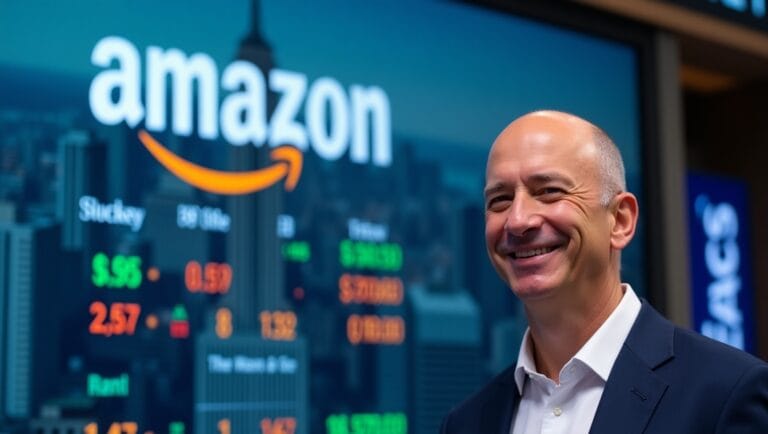Introduction: A New Chapter in Trade Wars
In 2025, the United States has reignited tariff tensions by announcing a new wave of import duties, specifically targeting goods from China. While tariffs are nothing new, the current strategy signals a shift towards protecting domestic technology, clean energy, and manufacturing sectors. But what exactly are these tariffs? Who do they affect, and what might this mean for the global supply chain?
Let’s break it down.
What Are Tariffs and Why Do They Matter?
Tariffs are taxes imposed on imported goods. Governments use them to:
- Protect domestic industries
- Reduce trade deficits
- Retaliate against unfair trade practices
In theory, tariffs make imported goods more expensive, encouraging consumers and businesses to buy from domestic producers instead.
Latest U.S. Tariff Announcement – What’s New in 2025?
In May 2025, the Biden administration unveiled a series of targeted tariffs, aimed primarily at strategic sectors like electric vehicles (EVs), solar cells, batteries, and semiconductors. Here are the headline changes:
🔹 Chinese Electric Vehicles:
- Tariff hike from 25% to 100%
- Aimed at protecting U.S. EV makers like Tesla, Rivian, and Ford EV
🔹 Advanced Semiconductors:
- New 50% tariff on cutting-edge chips
- Targets Chinese tech firms subsidized by the government
🔹 Solar Panel Components:
- Tariffs increased to 50%
- Protects U.S. solar startups and manufacturers
🔹 Medical Supplies & Steel:
- Selective increases in steel and aluminum products
- Additional scrutiny on medical equipment imports post-COVID
Why Is the U.S. Doing This Now?
According to the U.S. Trade Representative’s office, these tariffs are in response to:
- Unfair state subsidies in China
- Intellectual property theft
- Overcapacity in clean tech exports leading to “flooding” of U.S. markets
The Biden administration is positioning this as a pro-worker, pro-innovation policy, aiming to bring manufacturing jobs back to the U.S. and reduce dependency on foreign supply chains.
How China Is Responding
China has criticized the new tariffs, calling them protectionist and a violation of WTO rules. Beijing hinted at countermeasures, potentially targeting:
- U.S. agricultural products
- Consumer tech (iPhones, etc.)
- Energy exports like LNG
A full-scale trade war isn’t certain yet, but tensions are clearly rising.
Global Reactions: Allies & Economists Chime In
✅ Europe:
European officials are watching closely, especially as the EU also debates tariffs on Chinese EVs.
✅ India:
India may benefit as an alternative manufacturing hub, especially in semiconductors and electronics.
❗ Economists:
Mixed views—some say this protects national interests, while others warn of price hikes, supply chain issues, and retaliation risks.
Who’s Affected the Most?
👷♂️ American Consumers:
- Short term: higher prices on imported goods
- Long term: possible increase in domestic manufacturing
🚗 EV Companies:
- U.S. firms may benefit from less competition
- Chinese EV makers like BYD face setbacks in entering U.S. markets
🏭 Clean Energy Sector:
- U.S. solar and battery startups could grow faster
- Global partnerships might shift to India, Vietnam, or Mexico
📈 Investors:
- Stock market sees short-term volatility
- Strategic sectors like semiconductors and EVs are in focus
The Bigger Picture: U.S.-China Tech Rivalry
This isn’t just about economics—it’s also a geopolitical move. The U.S. is:
- Trying to control key tech supply chains
- Blocking China’s rise in AI, EVs, and green energy
- Encouraging reshoring and friend-shoring (moving supply chains to allies)
This marks a major evolution from free trade to strategic trade.
Are These Tariffs Here to Stay?
While administrations change, tariffs often remain. Even under Trump, the 2018 tariffs stayed largely intact through Biden’s first term. With bipartisan support for “tough on China” policies, it’s likely these new measures will stick, or even expand.
What Should Businesses and Consumers Do?
For Businesses:
- Diversify supply chains (e.g., Vietnam, India)
- Reassess pricing models
- Monitor trade policy updates closely
For Consumers:
- Expect price changes in tech and green products
- Watch for shifts in available brands and product lines
Future Outlook: Decoupling or Cooperation?
As the U.S. ramps up tariffs and limits Chinese influence in strategic sectors, the world faces a tough question:
Are we heading towards full economic decoupling, or is this a negotiating tactic to push for fairer trade?
Whatever the answer, 2025 marks a turning point in U.S.–China economic relations and the future of globalization itself.
Final Thoughts
The 2025 U.S. tariff policy signals more than just economic maneuvering—it’s about tech dominance, national security, and global influence. As the world watches how China responds, companies and consumers alike must brace for a potentially turbulent but transformative time in global trade.
Want more updates like this? Update with TechSplits.com – Read More







